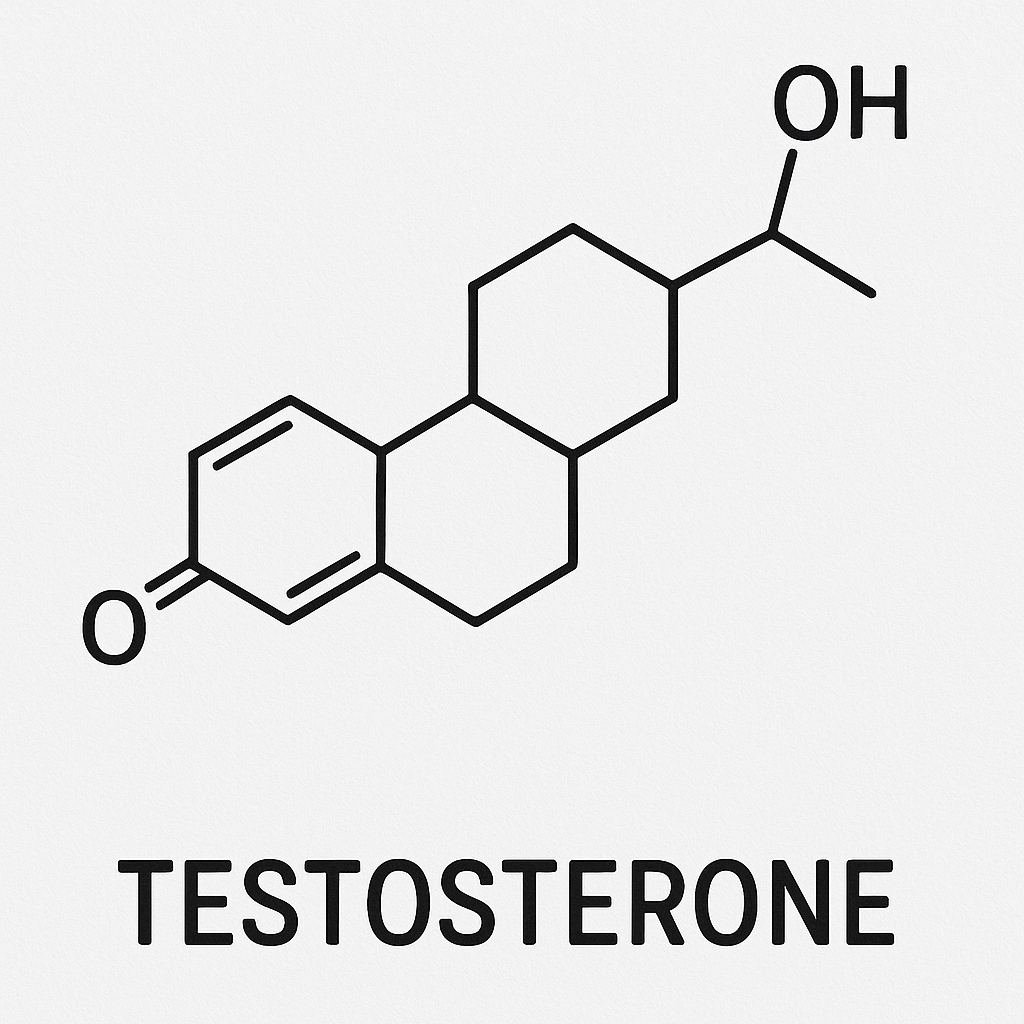Testosterone Replacement Therapy (TRT) and Your Hair: What You Need to Know

When patients come to our St. Louis office to discuss testosterone replacement therapy (TRT), one of the most common questions—right after “Will I feel more energetic?”—is, “What will it do to my hair?”
As a functional and regenerative medicine clinic, we understand that hair health is not just a cosmetic issue. For many people, hair is tied to identity, confidence, and self-image. Whether you’re a man concerned about thinning hair or a woman worried about changes in hair texture, understanding the link between hormones and hair is important before starting TRT.
The Hormone-Hair Connection
Hair follicles are sensitive to hormonal signals, and testosterone is one of the key players. However, the story isn’t as simple as “more testosterone equals more hair.”
Testosterone in the body can convert into another hormone called dihydrotestosterone (DHT) through the action of the enzyme 5-alpha reductase. DHT has a complex role:
- On the face and body: DHT stimulates follicles, often leading to thicker, coarser hair (beard growth in men, unwanted facial hair in women).
- On the scalp: DHT can cause hair follicles—especially on the crown and hairline—to shrink, leading to a type of hair loss known as androgenic alopecia, or male/female pattern baldness.
This means TRT can improve hair growth in some areas and cause thinning in others, depending on your genetic sensitivity to DHT.
How TRT May Affect Men’s Hair
For men with a genetic predisposition to male pattern baldness, higher testosterone from TRT may increase DHT levels, potentially speeding up hairline recession or thinning at the crown. This doesn’t happen to everyone—genetics largely dictate how your follicles respond.
However, TRT can also have positive effects:
- Men with low testosterone sometimes notice hair shedding and poor beard growth.
- Once testosterone is restored, body and facial hair often grow thicker and faster.
If maintaining scalp hair is a priority, we can discuss DHT-modulating strategies—including medications, topical treatments, and low-level laser therapy—to protect follicles while on TRT.
How TRT May Affect Women’s Hair
Women naturally produce testosterone in smaller amounts, and it plays a role in hair density, thickness, and growth cycles. When testosterone is too low—often seen in perimenopause or menopause—hair can become thin, brittle, and slow-growing.
Low-dose TRT in women can:
- Improve scalp hair fullness
- Strengthen hair shafts
- Reduce shedding related to hormonal imbalance
That said, if dosing is too high or if there’s a sensitivity to DHT, women may notice unwanted facial hair growth or changes in scalp hair patterns. This is why careful hormone balancing and lab monitoring are crucial.
The Role of Functional Medicine
At Sheen Vein (Aesthetics and Functional Medicine), we take a personalized approach to hormone therapy. That means we don’t just prescribe testosterone and hope for the best—we look at your entire health picture, including:
- Genetics: Do you have a family history of pattern baldness?
- Nutritional status: Deficiencies in zinc, iron, or biotin can worsen hair thinning.
- Thyroid function: Hypothyroidism can cause hair loss, even if testosterone is optimal.
- Stress levels: Cortisol spikes can shift hair into the shedding phase.
By addressing root causes and optimizing all related systems, we help patients enjoy the benefits of TRT while minimizing unwanted side effects.
Supporting Hair Health While on TRT
If you’re concerned about hair changes while on TRT, there are proactive steps we can take:
- DHT Blockers: Medications like finasteride or topical formulas can limit scalp exposure to DHT.
- Nutrient Optimization: Correcting deficiencies in vitamin D, ferritin, and amino acids that support keratin production.
- Scalp Therapies: Microneedling with platelet-rich fibrin (PRF) and low-level laser therapy can stimulate dormant follicles.
- Lifestyle Factors: Adequate sleep, a balanced diet, and stress management all support healthy hair cycles.
Bottom Line
TRT can improve your overall vitality, mood, and body composition—but it can also influence hair growth patterns, for better or worse. The outcome depends on your genetics, overall health, and how we manage your hormone balance.
In our St. Louis clinic, we monitor your testosterone, DHT, and related hormone levels carefully, while also paying attention to your hair health goals. With the right strategy, it’s possible to enjoy the benefits of TRT without sacrificing your confidence in the mirror.
Ready to explore TRT in a safe, balanced way?
At Sheen Vein (Aesthetics and Functional Medicine), we offer in-person and telemedicine consultations to patients across Missouri. We’ll help you navigate hormone optimization, hair preservation, and total wellness.
Learn more about our Testosterone Therapy services »
Discover our Functional Medicine approach »